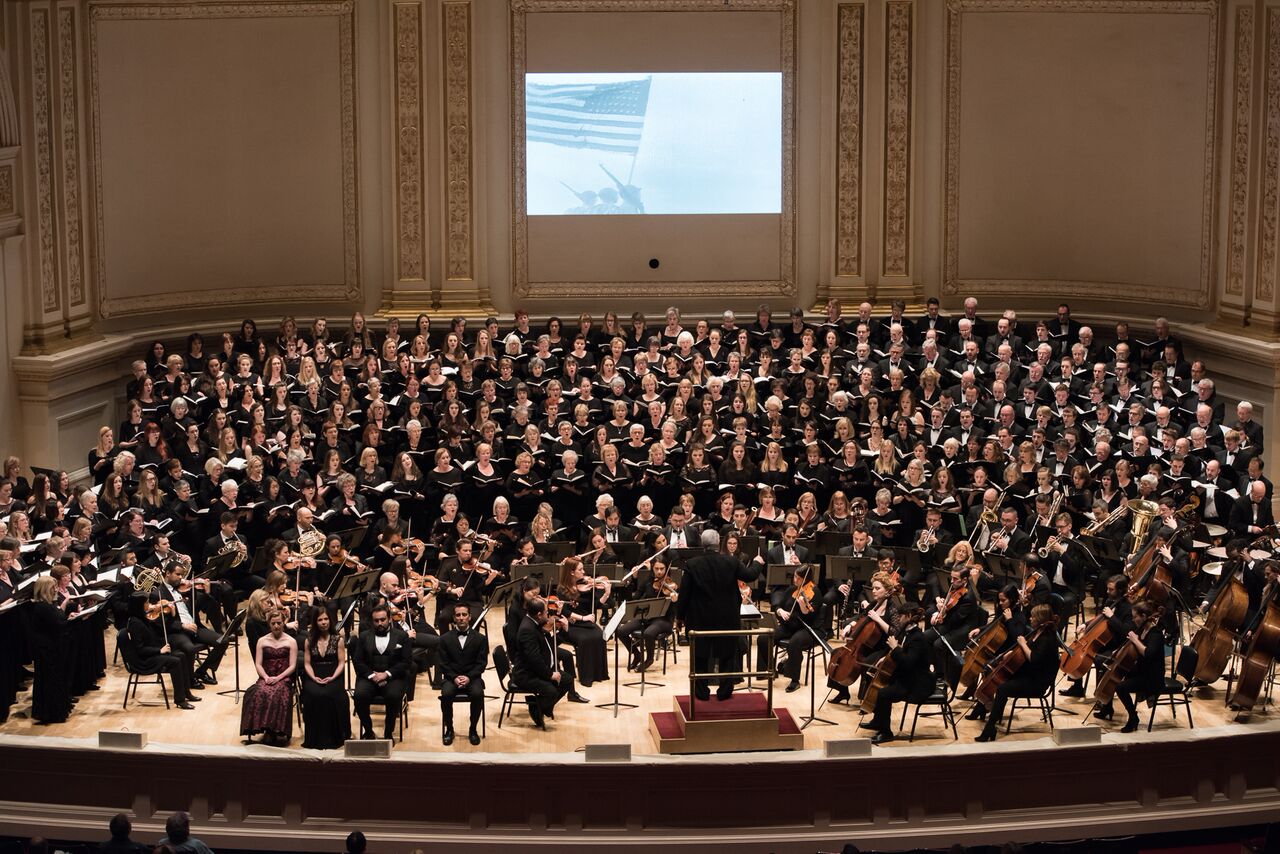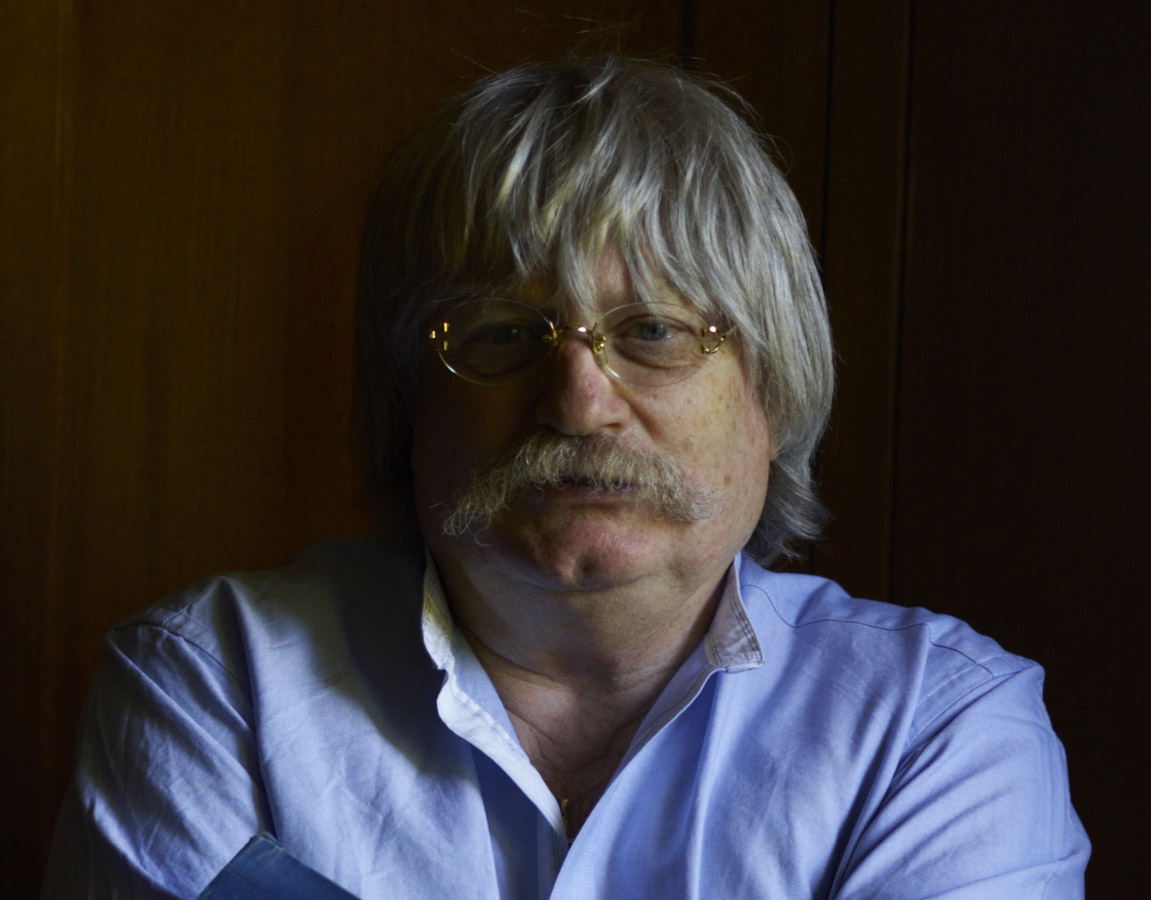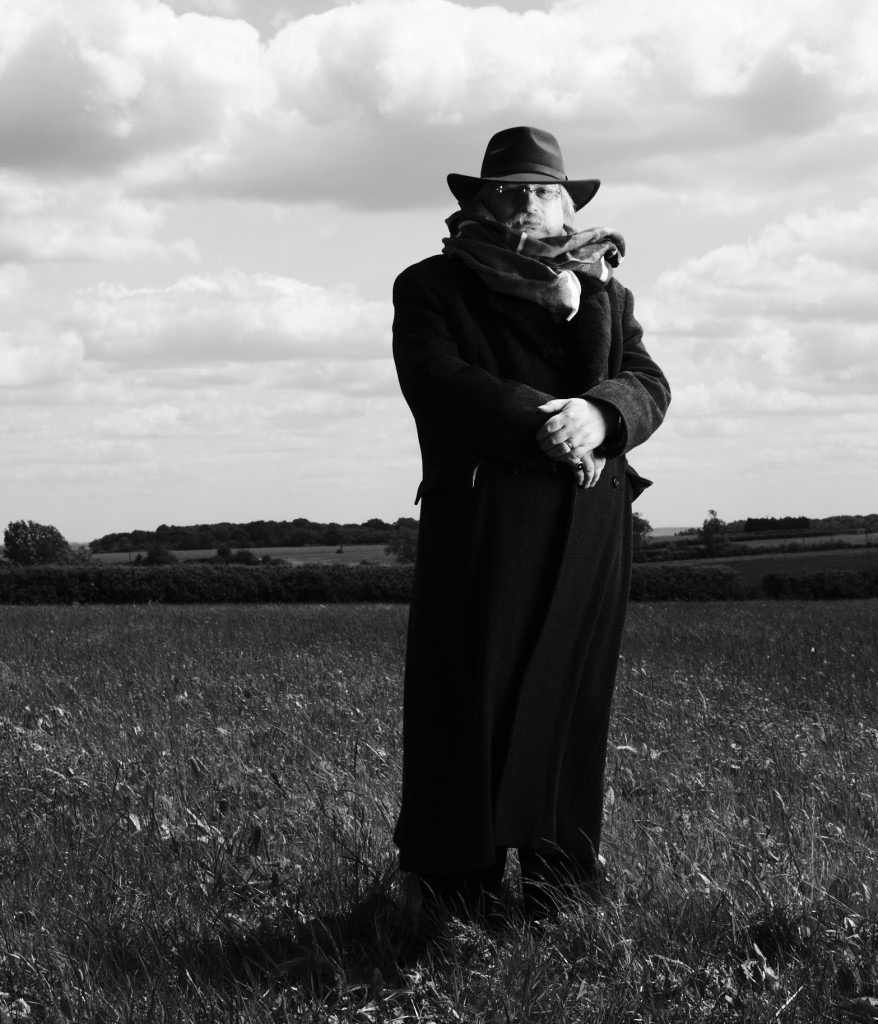Distinguished Concerts International New York (DCINY) presents The Music of Karl Jenkins
Distinguished Concerts Orchestra; Distinguished Concerts Singers International
Jonathan Griffith, DCINY Artistic Director and Principal Conductor
Karl Jenkins, Composer-in-Residence
Joanie Brittingham, soprano; Katherine Pracht, mezzo-soprano; Peter Scott Drackley, tenor; Michael Scarcelle, baritone; Almedin Jashari; muezzin, Iris Derke, recorder/flute
Stern Auditorium, Carnegie Hall, New York, NY
January 18, 2016
In what has become an annual event, Distinguished Concerts International New York (DCINY) presented a concert featuring the music of Karl Jenkins in celebrating the life and work of Martin Luther King, Jr. on the holiday named for Dr. King. The first half was to consist of the Songs of Sanctuary and the Te Deum, with the second half featuring the sixty-five-minute blockbuster The Armed Man: A Mass for Peace. A post –concert event was to follow where one could greet Mr. Jenkins and have a copy of his new autobiography, Still With the Music, signed. With singers from California, Pennsylvania, Canada, France, Germany, Italy, Spain, Switzerland, United Kingdom, and “individual singers from around the globe,” it had the makings of a special night.
Opening the concert was Songs of Sanctuary. This 1995 work was born of a commission from Delta Airlines to compose “something ethnic.” Adiemus was the result, using what the composer called “invented words,” a phonetic approach that allows the listener to focus on the musical content as opposed to the text. Songs of Sanctuary consists of nine pieces (Adiemus, Tintinnabulum, Cantus Inaequalis, Cantus Insolitus, In Caelum Fero, Cantus Iteratus, Amaté adea, Kayama, Hymn), which can be performed as set or individually. From the first moments of the opening of Adiemus, it was clear that the young singers were well prepared and ready to go. I could not help but smile. It was a feeling that would continue throughout the night.
Experienced Jenkins listeners will at once recognize that the melody for Amaté Adea was re-used in his later Stabat Mater in the And the Mother Did Weep movement. Highlights for this listener were the haunting Cantus Insolitus and the exuberant Kayama.
It was a delight to see the young singers on stage having the time of their lives, with faces joyfully beaming. Even the most jaded listener could not help being moved by such a sight. Conductor Jonathan Griffith served as a gentle and patient guide to his young singers with clear directional cues, such as a sweeping movement with his left hand upward when the singers were to “slide up” to the next pitch in a quasi-glissandi effect. One must give kudos to the featured vocal soloists, Joanie Brittingham and Katherine Pracht, who were excellent, and DCINY’s own Iris Derke, who did double duty with lovely recorder and flute solos.
This younger chorus filed off the stage and the Pennsbury High School Choir and Pennsbury Community Chorus from Pennsylvania took their place for the next work, the Te Deum. This 2009 work has five sections (Te Deum laudamus, Te ergo quaesumus, Aeterna fac cum sanctis tuis, Miserere nobis, Te Deum laudamus (reprise)), but is performed without pause between sections. It is a joyous, high-spirited and optimistic work. There were moments when the chorus was obscured by the orchestra, but these were passing instances that one can attribute to the orchestra’s exuberance. With the final words Non confundar in aeternum, the singers thrust their arms in the air. It was a triumphant finish to the first half, and the audience rewarded the performers with a standing ovation.
During the intermission, pictures of Mr. Jenkins and important events in his life were projected on the back wall of the stage as the stage was being prepared for the second half. Singers then began to file onto the stage, indeed so many that about thirty singers “overflowed” to the left of the stage.
In another tradition, Karl Jenkins (or more properly, Sir Karl Jenkins, O.B.E.) joined conductor Jonathan Griffith on stage for an impromptu conversation before the commencement of the second half. Maestro Griffith offered congratulations for Mr. Jenkins’ recent elevation to knighthood and being the very first Welsh composer to be so honored. Mr. Jenkins was asked if there had been any changes in his life as a consequence. “Sometimes it is easier to get a table at a restaurant,” was the reply, much to the amusement of the audience. Mr. Jenkins shared a quip made by Princess Anne, who performed the duties of the knighting- “It seems wrong to have a sword on the man who wrote The Peacemakers.” Maestro Griffith told the audience that The Armed Man had now surpassed 1800 performances since its premiere in 2000, an average of two performances a week, every week, for fifteen years.
I have written about the history of this work previously, so those readers who wish to know more can follow the link to a previous review from 2013- The Sounds of War and Peace, Chapter 2- The Music of Karl Jenkins. Maybe the meaning of the work can be summed up in a quote from the final movement “Better is peace than always war.” As it was in 2013, the accompanying movie (also called The Armed Man) was projected onto the stage back wall.
It is evident that Maestro Griffith has made this work one of his specialties. His approach is confident and assured. Even the synchronization with the images on screen was razor sharp, in a way that was truly breathtaking. This was the master at work!
Even though I have heard this work countless times, I was still struck with the power and emotion of the piece, something that happens with me quite infrequently. Some highlights included the brass rising to the challenge of the Charge! movement with the bold and decisive attacks that this section demands, in a way that missing from the 2013 performance. It made a world of difference to this listener! The Benedictus as well stood out and was especially poignant. The chorus was exceptional from start to finish, and one must recognize the fine soloists (Joanie Brittingham, soprano; Katherine Pracht, mezzo-soprano; Peter Scott Drackley, tenor; Michael Scarcelle, baritone), even if their roles were limited. The audience reacted with a prolonged standing ovation. It was an excellent concert.
Perhaps it is fitting to close this review with words of Dr. Martin Luther King, Jr. as projected onto the screen at intermission: “Darkness cannot drive out darkness. Only light can do that. Hate cannot drive out hate. Only love can do that”.



